One of the great thrills of science traveling is to experience interesting new places. If you watch any travel programs you may have seen something like this landing:
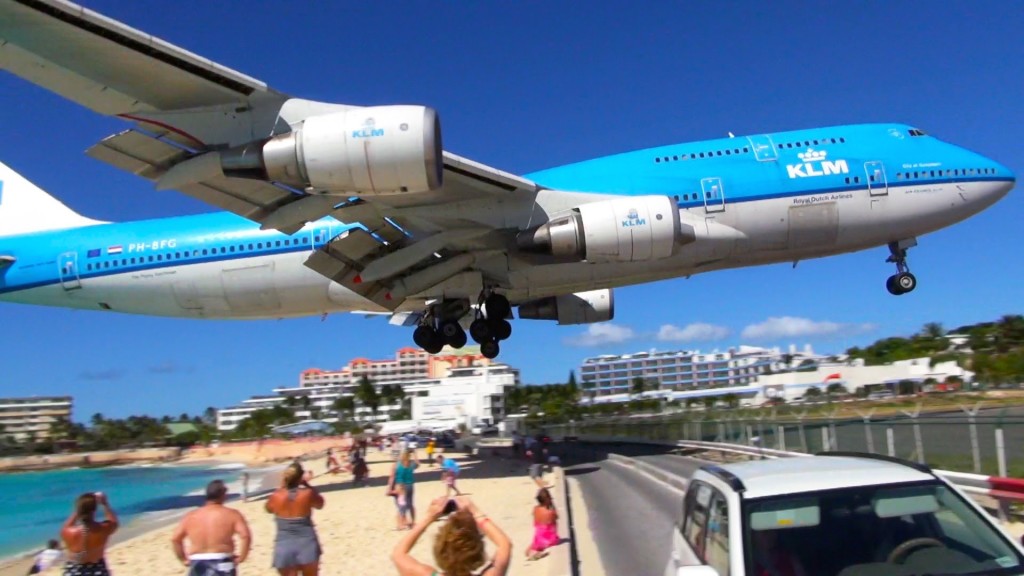
Yes, that ‘s a real plane and real beach and real road; no photoshop. Maho Beach sits at the base of the runway for Princess Juliana International Airport on the Dutch side of the island of St. Maarten in the Caribbean. The beach has become a planespotter’s paradise because you can almost reach up and touch the landing gear of planes as they land. The History Channel in 2010 voted it the fourth most dangerous airport in the world. Check out this landing:
You can watch a longer series of clips here.
Princess Juliana is the gateway to the leeward islands, where I’ll be starting my sailing cruise shortly. Stops will take us to Barbuda, Dominica, St. Lucia, Guadeloupe, St. Kitts, St. Barts, and back to St. Maarten. The plan is to spend a day in St. Maarten before the cruise and make our way to Maho Beach before flying out.
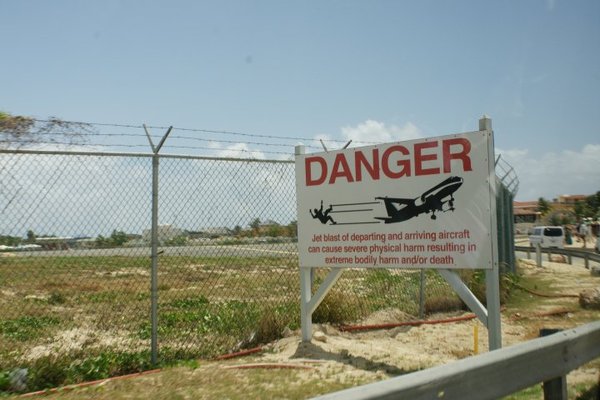
As exciting as the landings are, the takeoffs can be interesting as well. Despite warning signs, beachgoers are known to stand in the jet blast zone, with not unexpected effect:
I’m not likely to be one of them. What interests me more is the science behind such a flight path. Coming in at a a 3° glide slope angle, the plane’s gear must touch down quickly to ensure a safe landing on the 7500-foot long runway. Take-offs require a quick turn to avoid the mountains rising into the departure path (you can see the mountains in the above video, which has the plane taking off over Maho Beach instead of the normal flight path).
I’ll dig up more science once on the trip. On most of the islands I’ll be doing tons of science-y hikes in the rainforest, snorkeling, kayaking, and more. During the trip I’ll be on complete “radio silence,” with no phone or internet at all, but expect some pre-scheduled posts while I’m gone and plenty of updates when I return.
David J. Kent is an avid science traveler and the author of Lincoln: The Man Who Saved America, now available. His previous books include Tesla: The Wizard of Electricity and Edison: The Inventor of the Modern World (both Fall River Press). He has also written two e-books: Nikola Tesla: Renewable Energy Ahead of Its Time and Abraham Lincoln and Nikola Tesla: Connected by Fate.
Check out my Goodreads author page. While you’re at it, “Like” my Facebook author page for more updates!
Follow me by subscribing by email on the home page. Share with your friends using the buttons below.



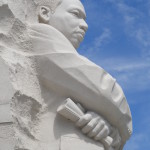 Martin Luther King Jr. had a dream. A dream in which “
Martin Luther King Jr. had a dream. A dream in which “
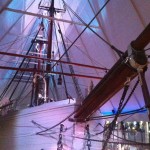
 The Dake Page
The Dake Page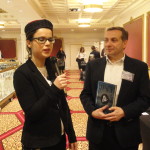
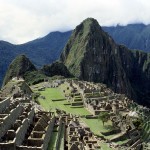 Machu Picchu is on my science traveling list for this year, so I’m doing some preparation and planning for the trip. That includes some background reading like the book,
Machu Picchu is on my science traveling list for this year, so I’m doing some preparation and planning for the trip. That includes some background reading like the book, 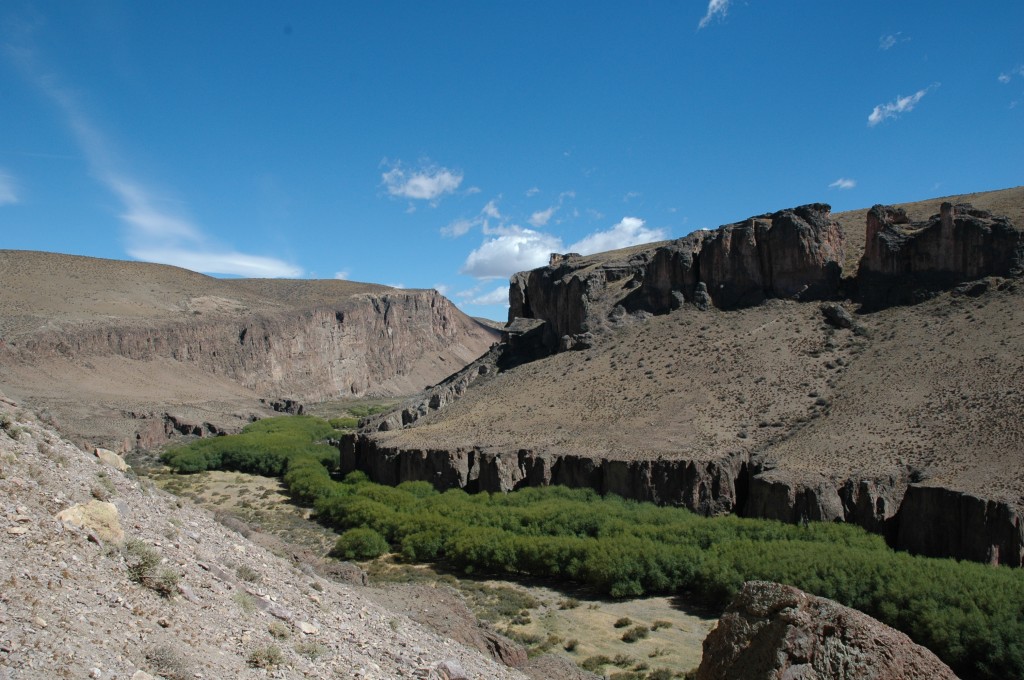
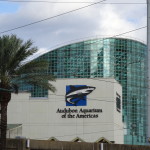 Many years ago,
Many years ago, 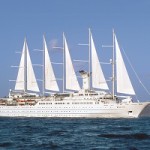 The only trip actually booked so far is a sailing cruise of the Caribbean in late January/early February. We’ll meet four Saints (Maarten, Kitts, Barthelemy, and Lucia), plus Barbuda, Guadaloupe, and Dominica. All while sailing point to point on a 535-foot sailboat.
The only trip actually booked so far is a sailing cruise of the Caribbean in late January/early February. We’ll meet four Saints (Maarten, Kitts, Barthelemy, and Lucia), plus Barbuda, Guadaloupe, and Dominica. All while sailing point to point on a 535-foot sailboat. Springfield, Illinois may see me twice this year. I have a scheduled trip there in September with the
Springfield, Illinois may see me twice this year. I have a scheduled trip there in September with the 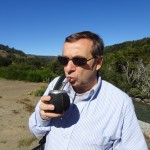 Here on
Here on 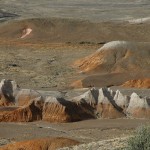 On
On  There was a lot more, so click on the blog names above and scroll down to see other articles of interest.
There was a lot more, so click on the blog names above and scroll down to see other articles of interest.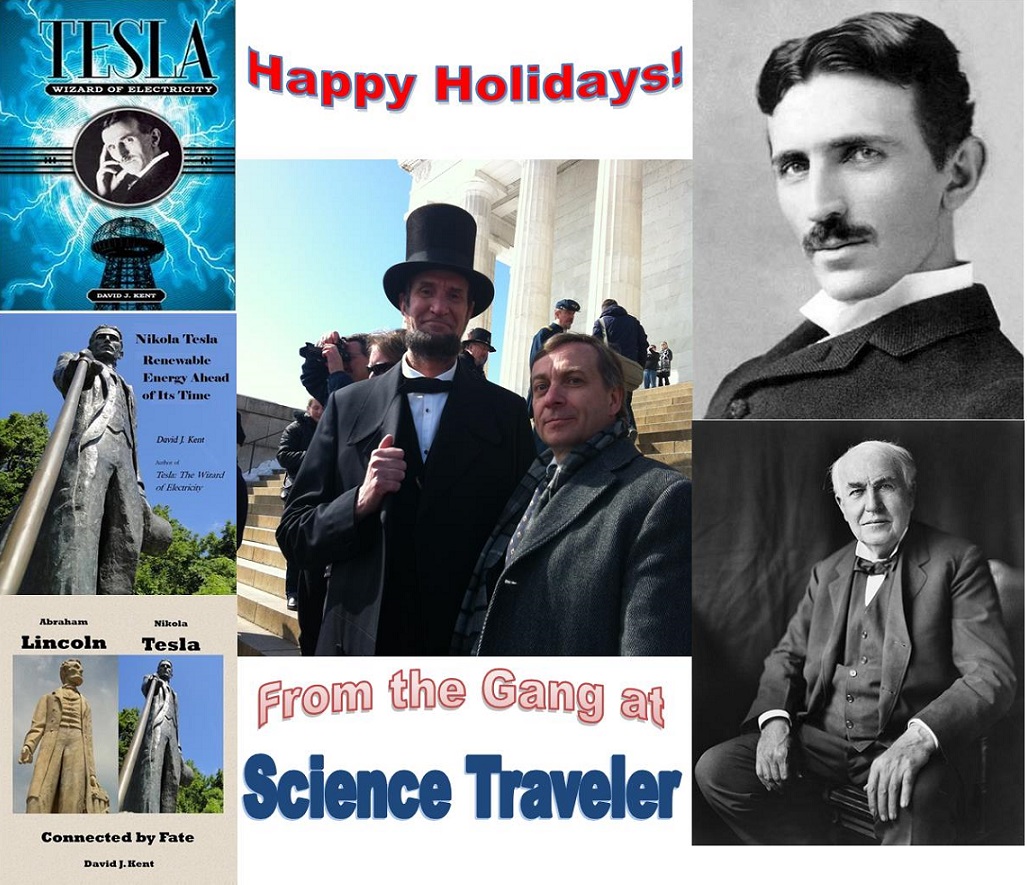
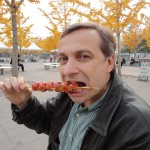 Somehow I managed not to travel anywhere in February, June, and August. But for the other nine months I had at least one out-of-town trip. It was a very good year in Science Traveling. I’ve finished traveling for the year so it’s time for a quick recap.
Somehow I managed not to travel anywhere in February, June, and August. But for the other nine months I had at least one out-of-town trip. It was a very good year in Science Traveling. I’ve finished traveling for the year so it’s time for a quick recap.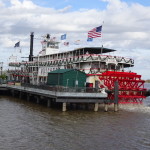 Yes, the allusions in the title are intentional. Creedence Clearwater Revival (aka, CCR) wrote a
Yes, the allusions in the title are intentional. Creedence Clearwater Revival (aka, CCR) wrote a 






